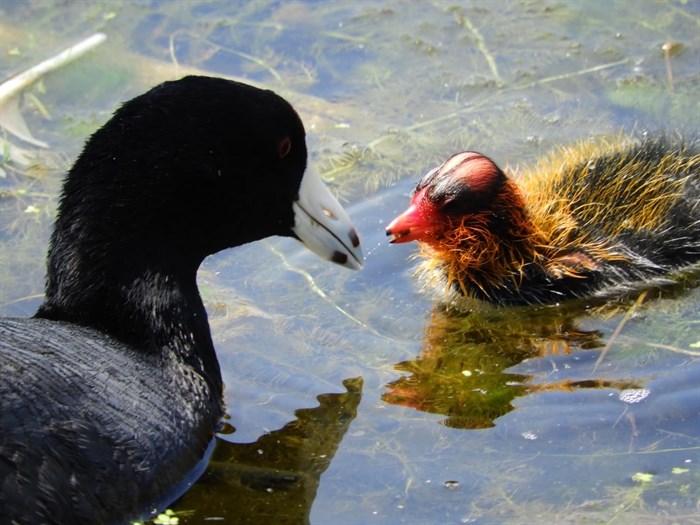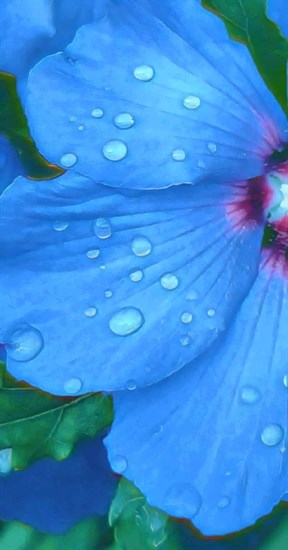Science
Space ambitions needed now more than ever – World – Chinadaily USA
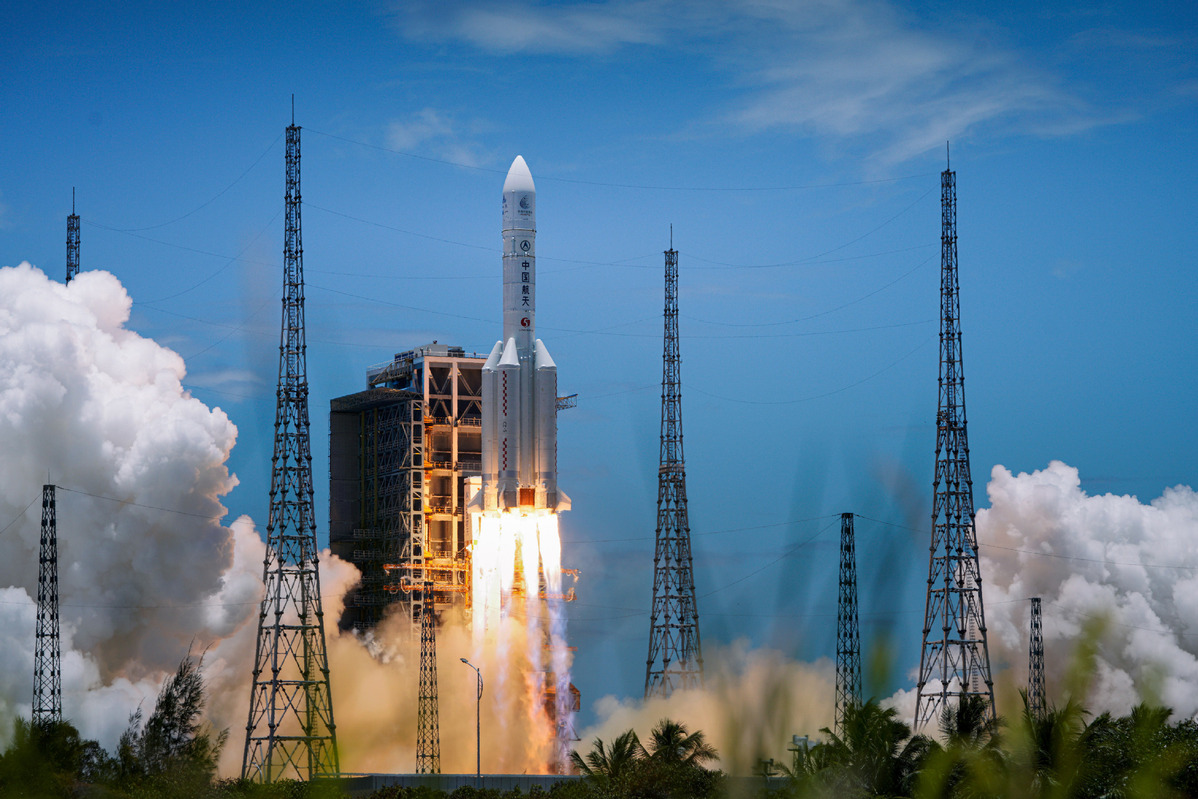

One human endeavor that defied the challenges that 2020 threw at us was space exploration, and 2021 is set to be an equally exciting year in increasing our understanding of the final frontier.
Space missions are years in the making and sometimes have narrow launch windows. Faced with the disruption of the pandemic that affected nearly every activity, the space sector forged ahead with a timetable of long planned projects.
Last year, state agencies and private companies undertook more than 100 orbital rocket launches. These included no less than three launches to Mars, including China’s July launch of Tianwen 1-a groundbreaking, combined orbiter, lander and rover mission.
That came just days after the United Arab Emirates launched its Hope orbiter toward Mars, and in the same month that US space agency NASA launched the rover Perseverance to continue the search for life on the red planet.
The three missions are all scheduled to reach their distant destination in February after traveling millions of kilometers into space.
The following month, Boeing will undertake a further attempt to launch its Starliner space capsule toward the international space station after an aborted attempt in late 2019 in which the capsule was stranded in the wrong orbit. No one ever claimed space projects were easy.
Although 2021 will mark a bumper year for the advancement of science into space, the top headline might still go to US actor Tom Cruise when he arrives at the international space station to film a new movie.
“We need popular media to inspire a new generation of engineers and scientists to make NASA’s ambitious plans a reality,” NASA Administrator Jim Bridenstine wrote in a tweet.
On a grander scale, the first of 11 launches to build a Chinese space station by 2023 will happen this year. The 66-metric-ton orbiting space station will be home to three astronauts on six-month rotations and focus on experiments in astronomy, space medicine, life science and biotechnology.
Earthbound skeptics may question why major countries and businesses are expending so much on space exploration at a time when challenges on our planet have been mounting-not just in terms of the pandemic, but also in the face of the economic constraints that have accompanied it.
But that would be to ignore the practical benefits of space exploration that the COVID-19 crisis did much to highlight.
As early as April last year, the European Space Agency put out an appeal for fresh ideas on how space resources could be used to boost the fight against the pandemic.
The ESA was one of a number of international agencies that went on to develop a dashboard that used satellite-based observations to track changes in air and water quality, climate change, economic activity and agriculture, and to measure how regional lockdowns and social distancing measures affected the Earth’s air, land and water.
Post-pandemic, it is hoped that space-derived data can be harnessed for a green economic recovery. For instance, cities may use satellite information to dynamically map traffic systems and ease the shift toward zero carbon public transportation systems.
According to the ESA, satellite applications can be used to help plan, monitor, predict and improve renewable energy production, while green construction can make use of space-based data and internet of things sensors to put new buildings in ecologically safe zones and conserve energy.
These days, everyone understands the benefits of satellite technology, not least in the fields of distance learning and working that were so vital in 2020.
But missions to Mars and beyond still might strike some as somewhat esoteric-not to say costly-when humanity faces so many challenges back home on Earth.
It is worth recalling, then, how many of the modern world’s scientific innovations have sprung from the exploration of space. Medical diagnostic tools, wireless technology and camera phones are just some of the practical benefits that have emerged.
To get to Mars, scientists have had to remotely drill for rock samples to look for ancient signs of life, use high-resolution film, develop low-gravity flying machines, and send accurate information back to Earth.
Apart from the additional commercial attractions of space tourism and mining, space exploration will continue to provide answers to scientific questions that have thus far remained unanswered.
Despite these current and potential advantages, space budgets could well come under pressure as the world recovers from a difficult year.
The 37-member Organization for Economic Cooperation and Development warned in August last year of growing concerns about the medium-and long-term effects of the COVID-19 crisis on government budgets and the prospect of significant funding cuts for future space projects.
Noting that more than 80 countries now have a space program, the OECD described the post-crisis sector in terms of a societal necessity rather than as an economic burden.
Or, as one contributor to The Space Review put it: “In the long term, this pandemic may provide the impetus to further our expansion into the rest of the solar system.”
Harvey Morris is a senior media consultant for China Daily UK.The views do not necessarily reflect those of China Daily.
Science
Exploring ecological networks in a digital world | News | Vancouver Island University | Canada – Vancouver Island University News

Getting to know Samantha Letourneau
By day, Samantha Letourneau is Vancouver Island University’s Canada Learning Bond project lead and Volunteer Tutor Coordinator. She’s also a musician and dancer and for the past two years, she’s been collaborating with Swedish artist Mårten Spångberg, thanks to funding obtained through Crimson Coast Dance, to create a digital art installation that goes live on Friday, April 26. A launch event takes place at Black Rabbit restaurant in the Old City Quarter that night. Samantha is also hosting a creative process workshop on April 27 and 28.
Can you share a bit about your background as an artist and how you got into it?
I have been working in art for a very long time, as a musician and dancer as well as an art administrator and program coordinator. I started music at the age of 11 and dance came later in my life in my early 20s. I always wanted to do dance, but I grew up in a small community in Yellowknife and at that time the only dance classes available were highland dancing, which I was not very interested in.
In my early 20s while living in Vancouver, I took classes in contemporary dance and was fortunate to land a small part in the Karen Jameison Dance company for a piece called The River. The River was about rivers and connection between the reality of a real and physical outdoor river and the different reality of “the river within.” It was both a piece of art and outreach for the community. It included working with the S’pak’wus Slu’lum Dancers of the Squamish Nation. Somewhat ground-breaking for 1998.
From there I was hooked and wanted to do more in dance. I studied a lot and took many classes. Fast forward to now, I have been involved with productions and performances with Crimson Coast Dance for more than 15 years and greatly appreciate the talent and innovation that Artistic Director Holly Bright has brought to this community. She is amazing and very supportive of artists in Nanaimo.
How did this international exchange come about?
The Nordic/Nanaimo exchange is one of the innovative projects Holly created. At the height of the pandemic, funded by BC Arts Council and Made In BC, Crimson Coast Dance embarked on a project that explored the ways in which Nanaimo artists could participate in online exchanges.
Two artists in Nanaimo – myself and Genevieve Johnson – were introduced to artists from Europe and supported through this international exchange. My collaborator, Mårten Spångberg, is a Swedish artist living and working in Berlin. An extension of that exchange is funded by Canada Council for the Arts – Digital Now.
What brought Mårten and myself together – and I quote Mårten here – is “questions around climate change, ecology and the influence contemporary society has on its environments. We are not interested in making art about the ecological crises or informing our audience about the urgency that climate change implies, but instead through our research develop work that in itself proposes, practices and engages in alternative ecologies.”
We share an understanding that art is a unique place, in the sense of practice, activation, performance and event, through which alternative ecologies can emerge and be probed and analyzed.
Tell us about the launch event.
We are launching the digital art installation that Mårten and I created on April 26 at The Attic at Black Rabbit Restaurant. The event is free to attend but people must sign up as seating is limited. I produced video art with soundscapes that I recorded mixing field recordings with voice and instrumentation. Marten explores text, imagery and AI.
My focus is on the evolving and ongoing process of how we communicate with each other and to nature within a digital context.
During our collaboration, Mårten and I talked about networks, though not just the expansive digital network of the internet but of nature. We shared thoughts on mycelium, a network of fungal threads or hyphae, that lately has received much attention on the importance of its function for the environment, including human beings.
Building off this concept, ideas of digital and ecological landscapes being connected emerged. From this we worked both collaboratively and individually to produce material for this digital project. Mårten will be there via Zoom as well and we will talk about this two-year process and the work we created together.
Science
Voyager 1 transmitting data again after Nasa remotely fixes 46-year-old probe – The Guardian


Earth’s most distant spacecraft, Voyager 1, has started communicating properly again with Nasa after engineers worked for months to remotely fix the 46-year-old probe.
Nasa’s Jet Propulsion Laboratory (JPL), which makes and operates the agency’s robotic spacecraft, said in December that the probe – more than 15bn miles (24bn kilometres) away – was sending gibberish code back to Earth.
In an update released on Monday, JPL announced the mission team had managed “after some inventive sleuthing” to receive usable data about the health and status of Voyager 1’s engineering systems. “The next step is to enable the spacecraft to begin returning science data again,” JPL said. Despite the fault, Voyager 1 had operated normally throughout, it added.
Launched in 1977, Voyager 1 was designed with the primary goal of conducting close-up studies of Jupiter and Saturn in a five-year mission. However, its journey continued and the spacecraft is now approaching a half-century in operation.
Voyager 1 crossed into interstellar space in August 2012, making it the first human-made object to venture out of the solar system. It is currently travelling at 37,800mph (60,821km/h).
The recent problem was related to one of the spacecraft’s three onboard computers, which are responsible for packaging the science and engineering data before it is sent to Earth. Unable to repair a broken chip, the JPL team decided to move the corrupted code elsewhere, a tricky job considering the old technology.
The computers on Voyager 1 and its sister probe, Voyager 2, have less than 70 kilobytes of memory in total – the equivalent of a low-resolution computer image. They use old-fashioned digital tape to record data.
The fix was transmitted from Earth on 18 April but it took two days to assess if it had been successful as a radio signal takes about 22 and a half hours to reach Voyager 1 and another 22 and a half hours for a response to come back to Earth. “When the mission flight team heard back from the spacecraft on 20 April, they saw that the modification worked,” JPL said.
Alongside its announcement, JPL posted a photo of members of the Voyager flight team cheering and clapping in a conference room after receiving usable data again, with laptops, notebooks and doughnuts on the table in front of them.
The Retired Canadian astronaut Chris Hadfield, who flew two space shuttle missions and acted as commander of the International Space Station, compared the JPL mission to long-distance maintenance on a vintage car.
“Imagine a computer chip fails in your 1977 vehicle. Now imagine it’s in interstellar space, 15bn miles away,” Hadfield wrote on X. “Nasa’s Voyager probe just got fixed by this team of brilliant software mechanics.
Voyager 1 and 2 have made numerous scientific discoveries, including taking detailed recordings of Saturn and revealing that Jupiter also has rings, as well as active volcanism on one of its moons, Io. The probes later discovered 23 new moons around the outer planets.
As their trajectory takes them so far from the sun, the Voyager probes are unable to use solar panels, instead converting the heat produced from the natural radioactive decay of plutonium into electricity to power the spacecraft’s systems.
Nasa hopes to continue to collect data from the two Voyager spacecraft for several more years but engineers expect the probes will be too far out of range to communicate in about a decade, depending on how much power they can generate. Voyager 2 is slightly behind its twin and is moving slightly slower.
In roughly 40,000 years, the probes will pass relatively close, in astronomical terms, to two stars. Voyager 1 will come within 1.7 light years of a star in the constellation Ursa Minor, while Voyager 2 will come within a similar distance of a star called Ross 248 in the constellation of Andromeda.
Science
iN PHOTOS: Nature lovers celebrate flora, fauna for Earth Day in Kamloops, Okanagan | iNFOnews | Thompson-Okanagan's News Source – iNFOnews
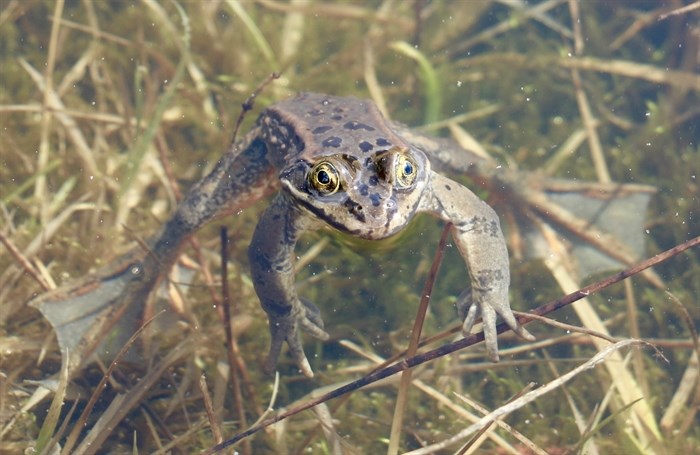

Photographers are sharing their favourite photos of flora and fauna captured in Kamloops and the Okanagan in celebration of Earth Day.
First started in the United States in the 70s, the special day on April 22 continues to be acknowledged around the globe. It’s a day to celebrate the planet and a reminder of the need for environmental conservation and sustainability, according to EarthDay.org.
These stunning nature photos show life in ponds and forests, in skies and on mountains, capturing the beauty and wonder of our local natural environments.
Area photographers shared some of their favourite finds and artistic captures. From frogs to flowers, the great outdoors is teeming with life.
If you have nature photos you want to share, send them to news@infonews.ca.
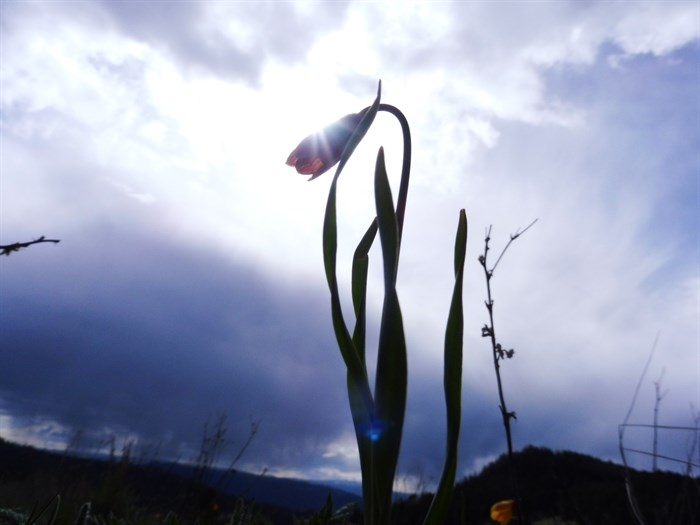



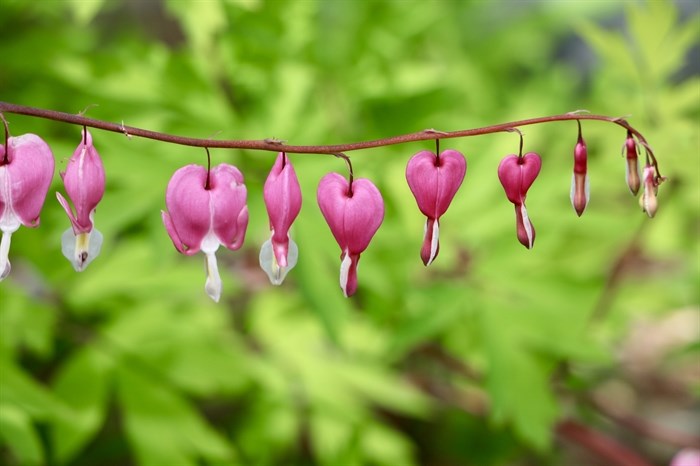

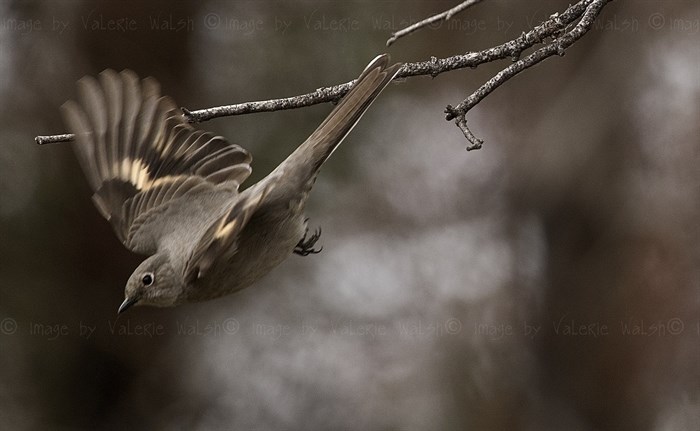

To contact a reporter for this story, email Shannon Ainslie or call 250-819-6089 or email the editor. You can also submit photos, videos or news tips to the newsroom and be entered to win a monthly prize draw.
We welcome your comments and opinions on our stories but play nice. We won’t censor or delete comments unless they contain off-topic statements or links, unnecessary vulgarity, false facts, spam or obviously fake profiles. If you have any concerns about what you see in comments, email the editor in the link above. SUBSCRIBE to our awesome newsletter here.


-



 Politics24 hours ago
Politics24 hours agoFareed’s take: There’s been an unprecedented wave of migration to the West – CNN
-



 Health23 hours ago
Health23 hours agoIt's possible to rely on plant proteins without sacrificing training gains, new studies say – The Globe and Mail
-



 Tech23 hours ago
Tech23 hours agoMeta Expands VR Operating System to Third-Party Hardware Makers – MacRumors
-



 Science23 hours ago
Science23 hours agoNASA's Voyager 1 resumes sending engineering updates to Earth – Phys.org
-
Art5 hours ago
Mayor's youth advisory council seeks submissions for art gala – SooToday
-
Art17 hours ago
Made Right Here: Woodworking art – CTV News Kitchener
-
News22 hours ago
CTV National News: Honda's big move in Canada – CTV News
-



 Science13 hours ago
Science13 hours ago"Hi, It's Me": NASA's Voyager 1 Phones Home From 15 Billion Miles Away – NDTV





